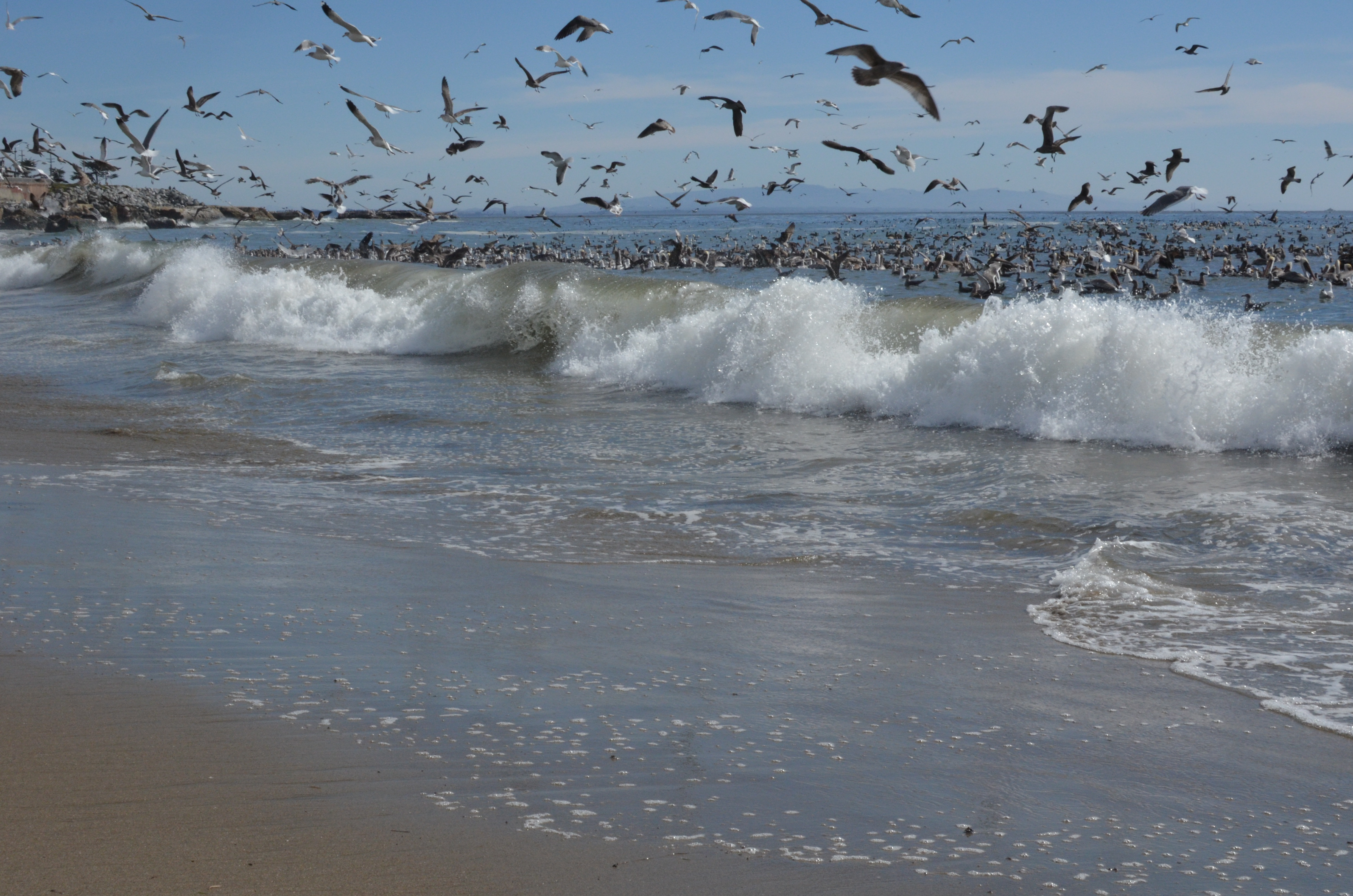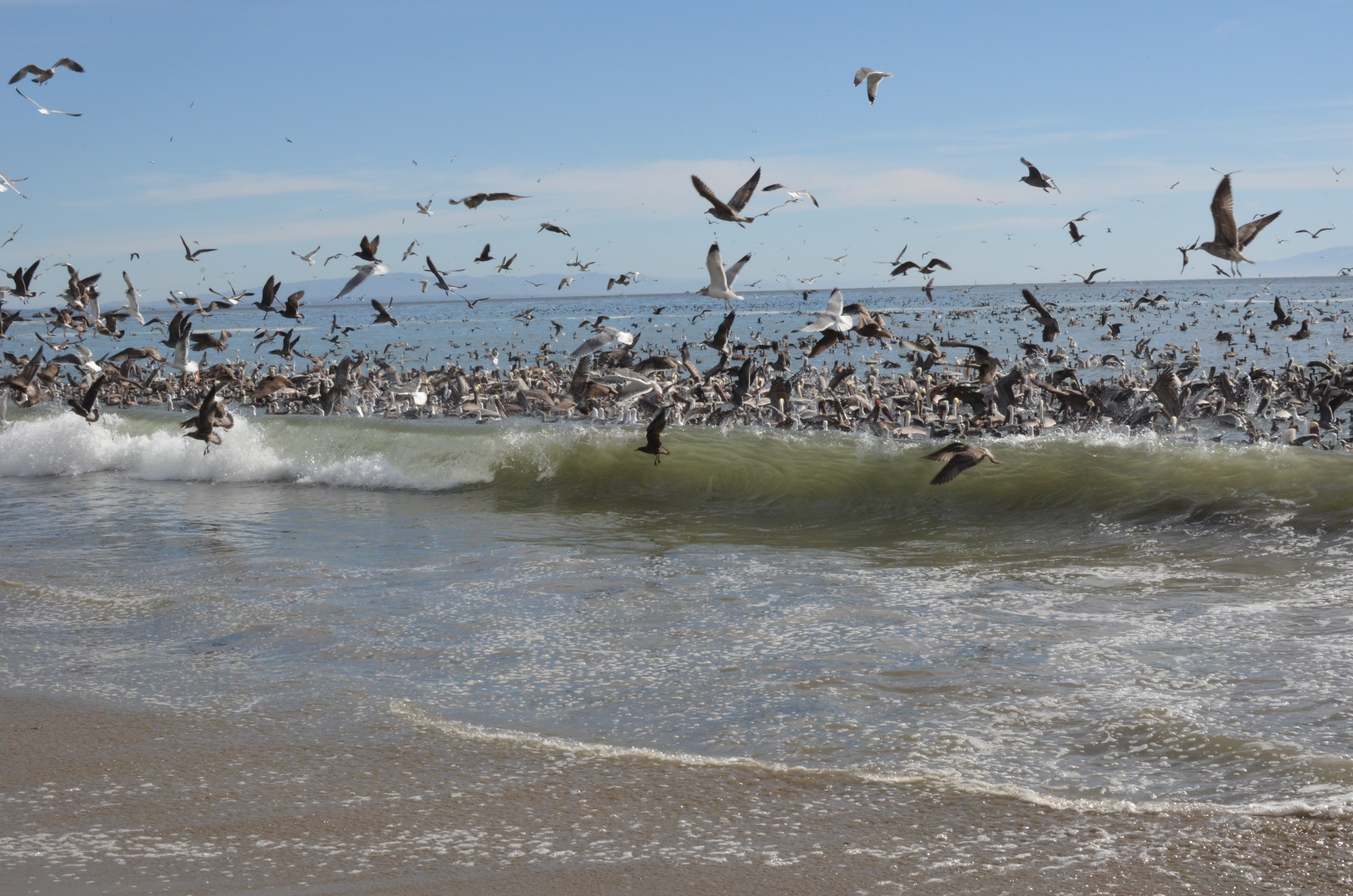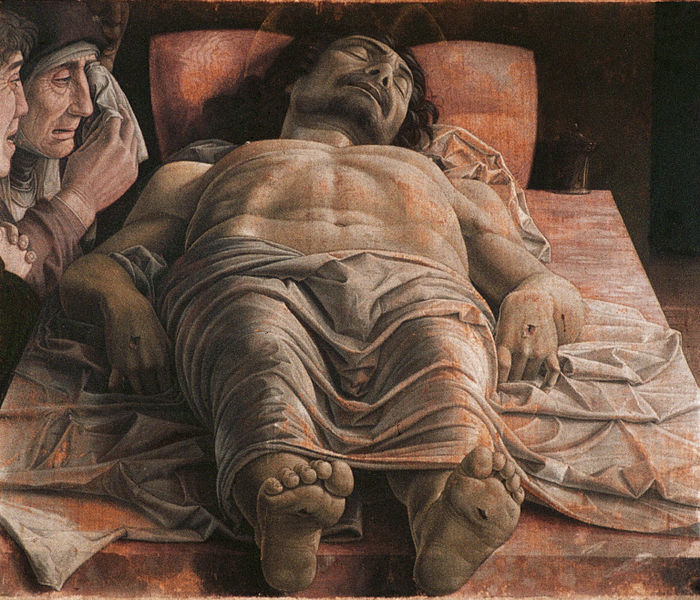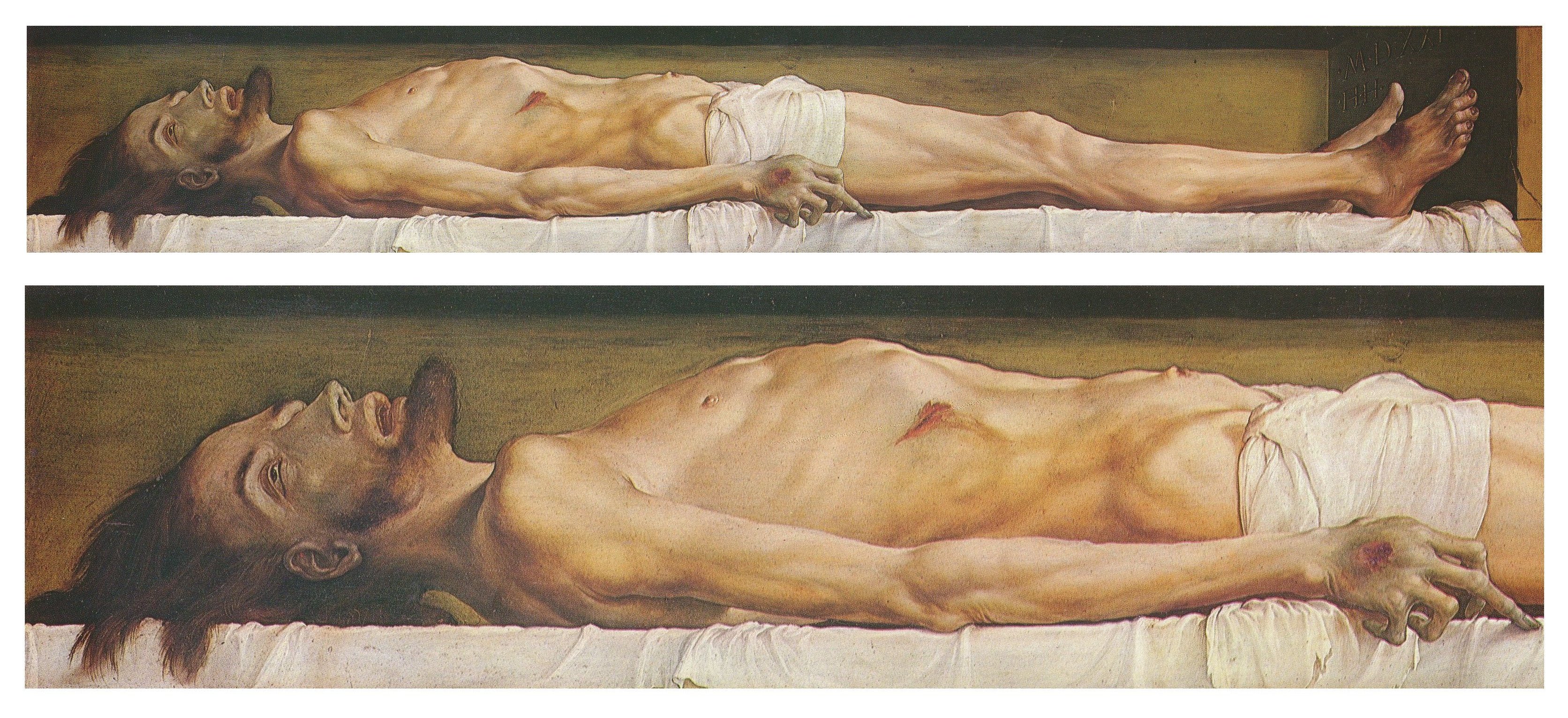The modern discussion on taxation, pension, and health insurance in modern capitalist democracies is often framed as an either or. On the one side, a capital- and competition-driven option, tolerating regressive taxation, and presented by many so-called freedom seekers as being the only solution on which the whole bank needs to be waged, or else, and on the other side, a vast majority of people accepting the idea of progressive taxation and that some basic level of universal support is needed.
I find it interesting to reflect with Maimonides on these issues. Text below. Long ago, he described social aid as constituting a seven-step ladder. He added to it an eighth step, following a powerful rhetorical and religious tradition of transforming (wishing to transform?) the expected into the unexpected. Another example of this 7 + 1 = 8 sort of transformation is familiar. It is the Christian cooptation of the Jewish sabbatic week and resumption into an eighth day, Sunday, a day of sharing in a resurrection.
If you map the behavior of modern societies on Maimonides’ ladder of charity, modern tax, health and security systems are his level 7 (Mishneh Torah 10.7–14):
he who gives charity to the needy without knowing to whom he gives, and without the needy man knowing from whom he takes, for this is a divine command.
I’m translating ‘oni by needy rather than poor to point to a more general situation. That’s where modern democratic systems are, or are called to be: anonymity of the “gift” (which used to be imposed more or less by traditional Jewish, Christian, and Muslim communities for centuries), anonymity of the recipient, requiring a system of evaluation of need, then as now. Whereas level 8 of charity for Maimonides is
he who puts within an Israelite’s hand [his] livelihood, and gives him a gift or a loan, or creates [business] associations with him, or finds an occupation for him, to strengthen his hand until he is not in need of people (creatures) and doesn’t beg.
It looks like Maimonides’ highest level in social help fits the modern extreme right wing’s argument. The “teach the man to fish” argument. All the steps are actually necessary to each other. There is no step 8 without the first seven steps. On the other hand, to stop at step 7 and turn social security systems into individualistic, solipsistic solutions, is a recipe for catastrophic upheavals whose form no one can predict. Risky generosity and forgiveness (including that of debts) has to be part of step 7, without which there is no step 8, the step where a well-capitalized economy Maimonides did not see can risk making loans by the thousands and enable anyone so inspired to become an abrahamic figure, hospitable and blessed.
Maimonides’ text on charity and help of others is from Mishneh Torah, Laws of Charity, 10:7-14 (or 10–14). Text (from Mamre.org):
|
י [ז] שמונה מעלות יש בצדקה, זו למעלה מזו: מעלה גדולה שאין למעלה ממנה–זה המחזיק בידי ישראל שמך, ונותן לו מתנה או הלוואה, או עושה עימו שותפות, או ממציא לו מלאכה, כדי לחזק את ידו עד שלא יצטרך לברייות ולא ישאול; ועל זה נאמר “והחזקת בו, גר ותושב וחי עימך” (ויקרא כה,לה), כלומר החזק בו שלא ייפול ויצטרך. יא [ח] פחות מזה–הנותן צדקה לעניים, ולא ידע למי נתן, ולא ידע העני ממי לקח, שהרי זו מצוה לשמה: כגון לשכת חשיים שהייתה במקדש, שהיו הצדיקים נותנין בה בחשאי והעניים בני טובים מתפרנסין ממנה בחשאי. וקרוב לזה–הנותן לתוך קופה של צדקה; ולא ייתן אדם לתוך קופה של צדקה, אלא אם כן יודע שהממונה נאמן וחכם ויודע לנהוג בה כשורה כחנניה בן תרדיון. יב [ט] פחות מזה–שידע הנותן למי ייתן, ולא ידע העני ממי לקח: כגון גדולי החכמים שהיו הולכין בסתר, ומשליכין המעות בפתחי העניים. וכזה ראוי לעשות, ומעלה טובה היא, אם אין הממונין בצדקה נוהגין כשורה. יג [י] פחות מזה–שידע העני ממי נטל, ולא ידע הנותן: כגון גדולי החכמים שהיו צוררים המעות בסדיניהן ומפשילין לאחוריהן, ובאין העניים ונוטלין, כדי שלא יהיה להן בושה. יד [יא] פחות מזה–שייתן לעני בידו, קודם שישאול. [יב] פחות מזה–שייתן לו כראוי ליתן לו, אחר שישאול. [יג] פחות מזה–שייתן לו פחות מן הראוי, בסבר פנים יפות. [יד] פחות מזה–שייתן לו, בעצב. [טו] גדולי החכמים היו נותנין פרוטה לעני קודם כל תפילה, ואחר כך מתפללין–שנאמר “אני–בצדק, אחזה פניך” (תהילים יז,טו). |
There are eight degrees of charity, each higher than the next: the highest degree without any above it— this is who puts within an Israelite’s hand [his] livelihood, and gives him a gift or a loan, or creates [business] associations with him, or finds an occupation for him, to strengthen his hand until he is not in need of people (creatures) and doesn’t beg. And on such a person it is said, “You will strengthen him, the foreigner and the resident who lives with you.” (Lev 25.35), meaning, strengthening him so that he doesn’t fall and become needy.
Less than this— he who gives charity to the poor without knowing to whom he gives, and without the poor man knowing from whom he takes, for this is a divine command (?). Like the chamber of the secrets that existed in the Temple, where the pious would give quietly and the poor sons of the elite would be supported from it quietly. And near to this— he who gives to the charity plate (kuppah), and a man shall not give to the charity plate, unless he knows that the money is honest and exact, and he knows how to handle it correctly, like Hananiah b. Tardion. Less than this—When the giver knows whom he gives to, and the poor doesn’t know from whom he takes. Like the great sages who went secretly and threw the coins at the door of the poor. (It is) fitting to do this, and a good degree (= better way?) if the charity officials aren’t behaving correctly. Less than this—When the poor knows from whom he collects and the giver doesn’t. Like the great sages who wrapped the coins in their sadins (sheets?) and rolled them behind them. And the poor come and collect. So that they’re not put to shame. Less than this—Who gives to the poor in his hand, before he asks. Less than this—Who gives him as fitting, after he asks. Less than this—Who gives him less than is fitting, to keep appearances [on account of pleasant faces]. Less than this—Who gives him with regret (ruefully). The great sages used to give a perutah before every prayer, and afterwards they prayed—as it is said, “As for me, I shall behold your face in righteousness” (Psalms 17.15). |




